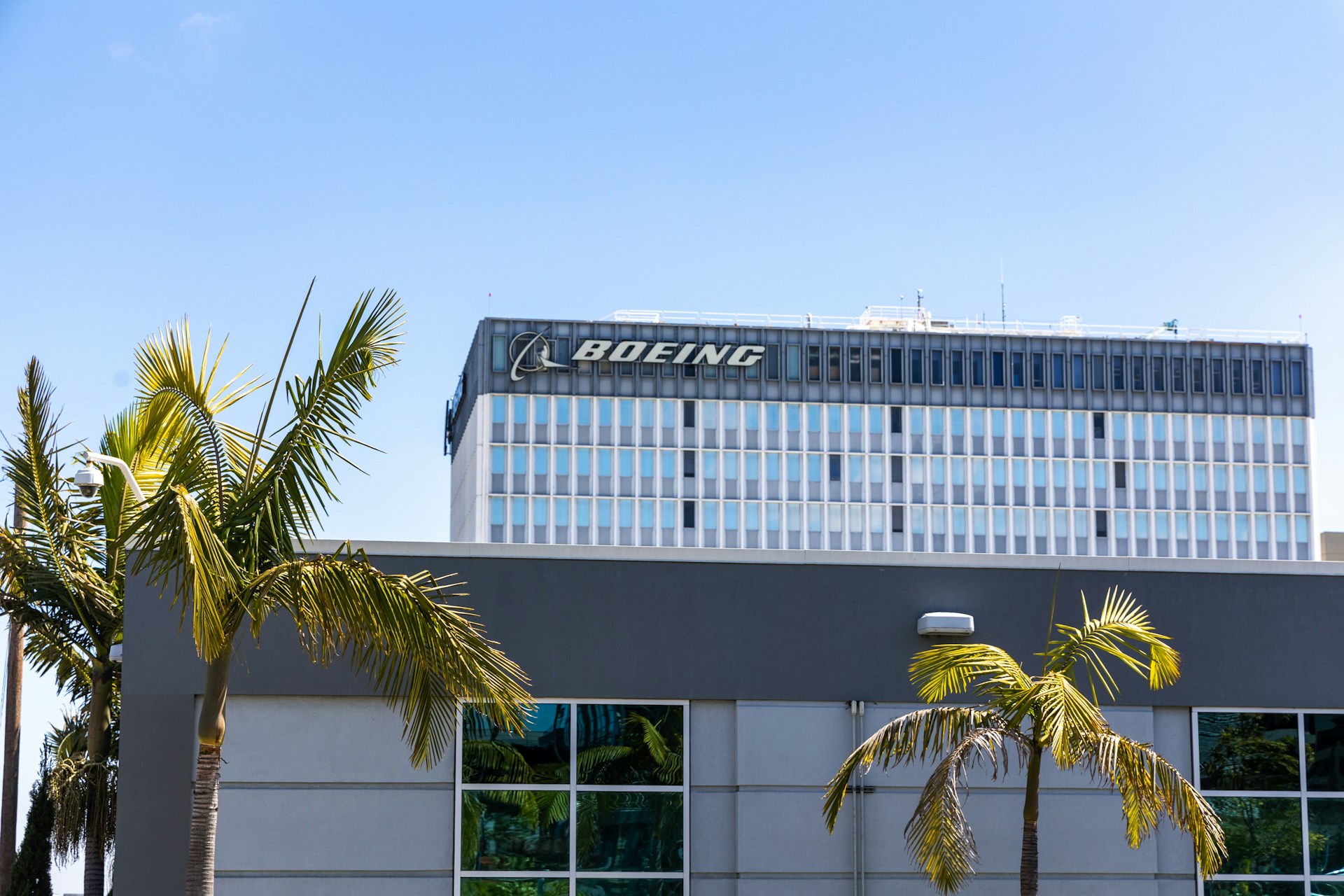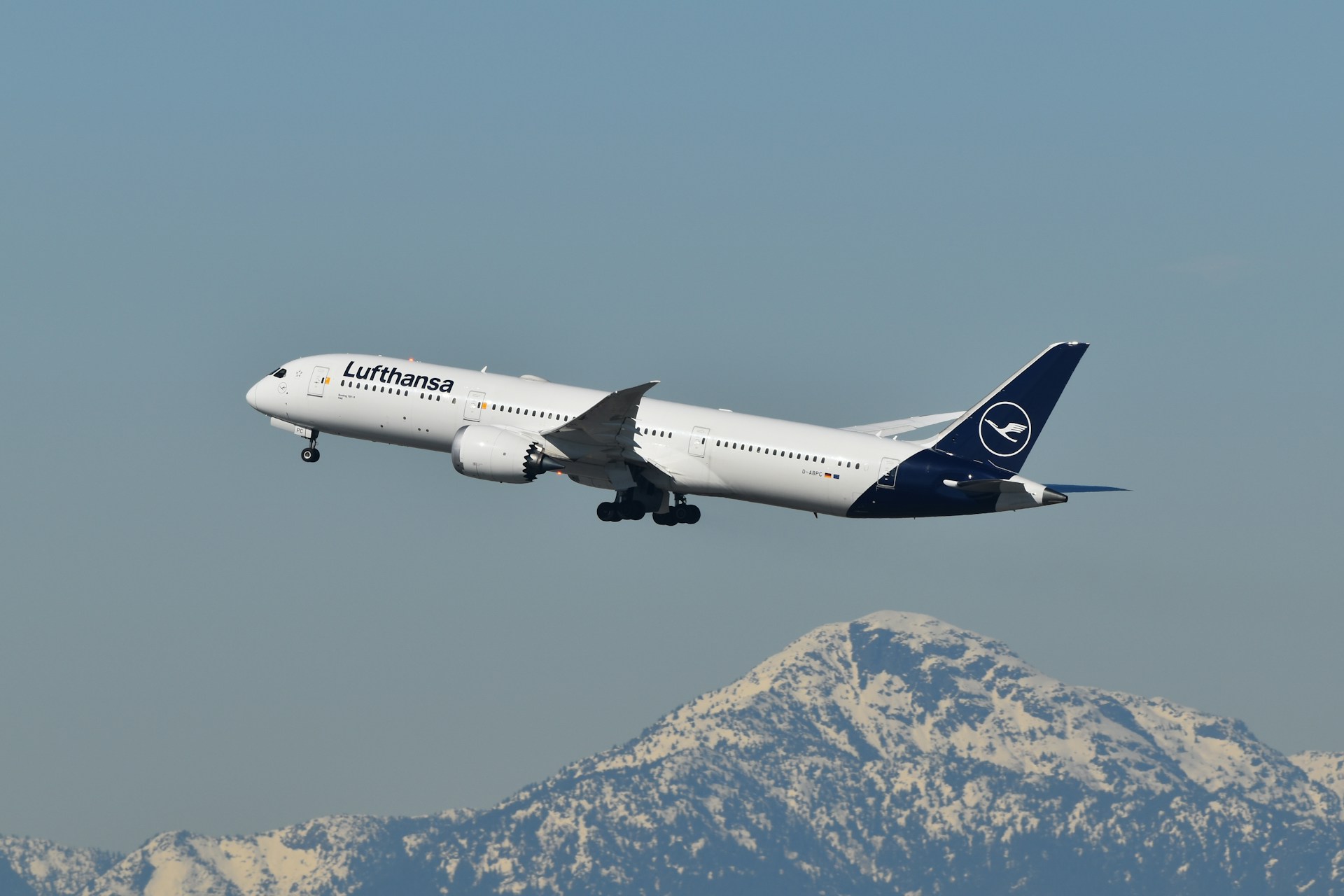Boeing Relocates F/A-18 Super Hornet Upgrade Operations: Strategic Realignment in Defense Manufacturing
Key Takeaways
- Relocation by 2026: Boeing will shift F/A-18 Super Hornet upgrade operations from its St. Louis facility within the next three years.
- Impact on U.S. Navy: The move affects key maintenance and modernization programs critical to Navy fleet readiness.
- St. Louis Legacy: Boeing’s St. Louis site has long been central to the company’s defense work, making the transition strategically significant.
- Super Hornet Importance: The F/A-18 remains a cornerstone of U.S. naval aviation, requiring continuous upgrades to remain effective.
- Competitive Landscape: Relocation could influence Boeing’s positioning in future defense contracts against rivals like Lockheed Martin.
- Measured Transition: A phased approach through 2026 suggests Boeing aims to maintain continuity of services during the shift.
Strategic Facility Shift
Boeing’s announcement to move F/A-18 Super Hornet upgrade operations out of St. Louis by 2026 marks a major change in its defense business structure. The company has long maintained a robust military aviation footprint in Missouri, supporting not only the Super Hornet program but also other fighter and defense projects.
This relocation underscores Boeing’s intent to streamline its operations, potentially centralizing upgrade work in facilities with stronger cost efficiency, workforce depth, or logistical advantages. For Boeing, this is not simply a facility move—it is a rebalancing of its defense portfolio to remain competitive in a shifting global market.
Ensuring U.S. Navy Readiness
The F/A-18 Super Hornet continues to be the backbone of U.S. Navy carrier aviation. Regular upgrades—including avionics, weapons integration, and structural improvements—are essential to extend the aircraft’s service life well into the 2030s.
Because of its pivotal role, Boeing must ensure that the transition to a new facility does not disrupt ongoing Navy operations. The 2026 timeline provides a buffer for planning, regulatory approvals, and workforce coordination to ensure seamless support.
St. Louis: A Historical Hub in Transition
Boeing’s St. Louis operations have been synonymous with U.S. military aircraft for decades. From the F-4 Phantom to the F-15 Eagle and the F/A-18 Super Hornet, the site has produced some of the most iconic fighters in history.
The decision to relocate upgrades from St. Louis suggests a potential downscaling of the site’s defense role, though Boeing has not announced broader workforce impacts. Analysts note that Boeing often seeks to redeploy skilled staff where possible, but some uncertainty remains for St. Louis workers.
Industry Implications and Competitiveness
Boeing’s relocation decision comes at a time when competition for defense contracts is intensifying. Lockheed Martin’s F-35 program continues to expand globally, while Boeing positions the Super Hornet as a cost-effective alternative for certain partners.
By realigning its upgrade facilities, Boeing may be preparing to reduce costs and improve efficiency—both key factors in winning future modernization and maintenance contracts with the U.S. military and allied nations.
Looking Ahead
The relocation of F/A-18 upgrade operations highlights the fluid nature of defense manufacturing strategy. Boeing is taking a cautious, phased approach that seeks to minimize operational disruption while reshaping its long-term defense footprint.
For the Navy, the critical question is continuity. As long as Boeing executes the transition effectively, fleet readiness should remain uncompromised. For Boeing, the move offers an opportunity to reinforce its competitiveness in the defense industry while balancing economic realities.
FAQs
When will the relocation be complete?
Boeing aims to complete the move by 2026, allowing several years for planning and implementation.
What services are being relocated?
The shift impacts modernization and upgrade work for the Super Hornet fleet, including avionics, weapons integration, and structural service-life extensions.
Where is Boeing moving these operations?
The company has not disclosed the new facility, but it will likely be one offering logistical efficiency and closer proximity to defense partners.
Will this affect the Navy’s operations?
No major impact is expected, as Boeing will maintain upgrade continuity during the phased transition.
What does this mean for St. Louis workers?
The effect on employees is unclear. Boeing often seeks to redeploy workers to other programs, but some jobs could be at risk depending on broader facility strategies.
How does this affect Boeing’s competitiveness?
By reducing costs and streamlining operations, Boeing strengthens its positioning for future defense contracts while ensuring the Super Hornet remains viable against newer competitors.
✈️ Bottom Line: Boeing’s relocation of F/A-18 upgrade operations from St. Louis represents both a symbolic shift away from one of its historic defense hubs and a strategic step toward maintaining competitiveness in the evolving defense aviation market.
.zip%20-%201.PNG)



